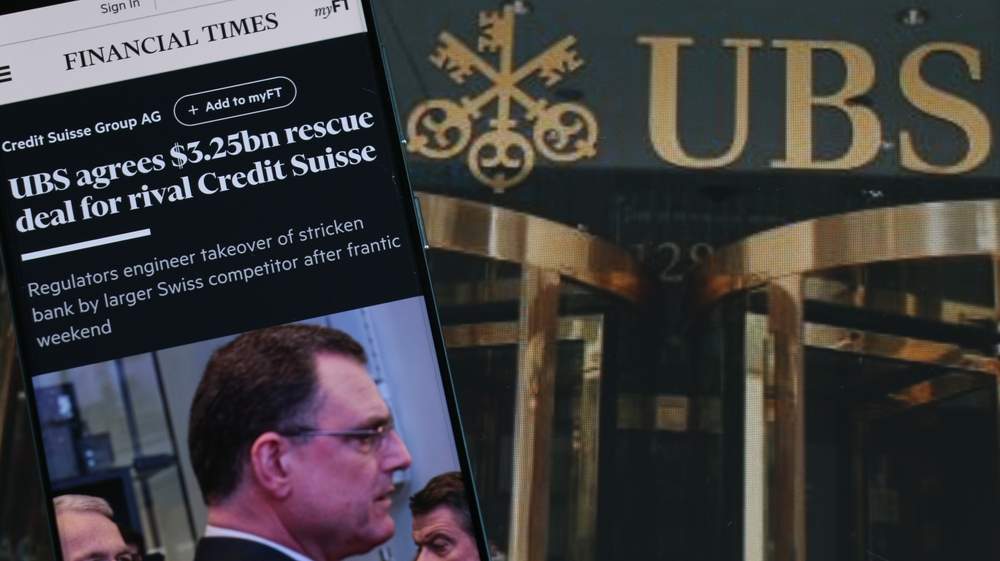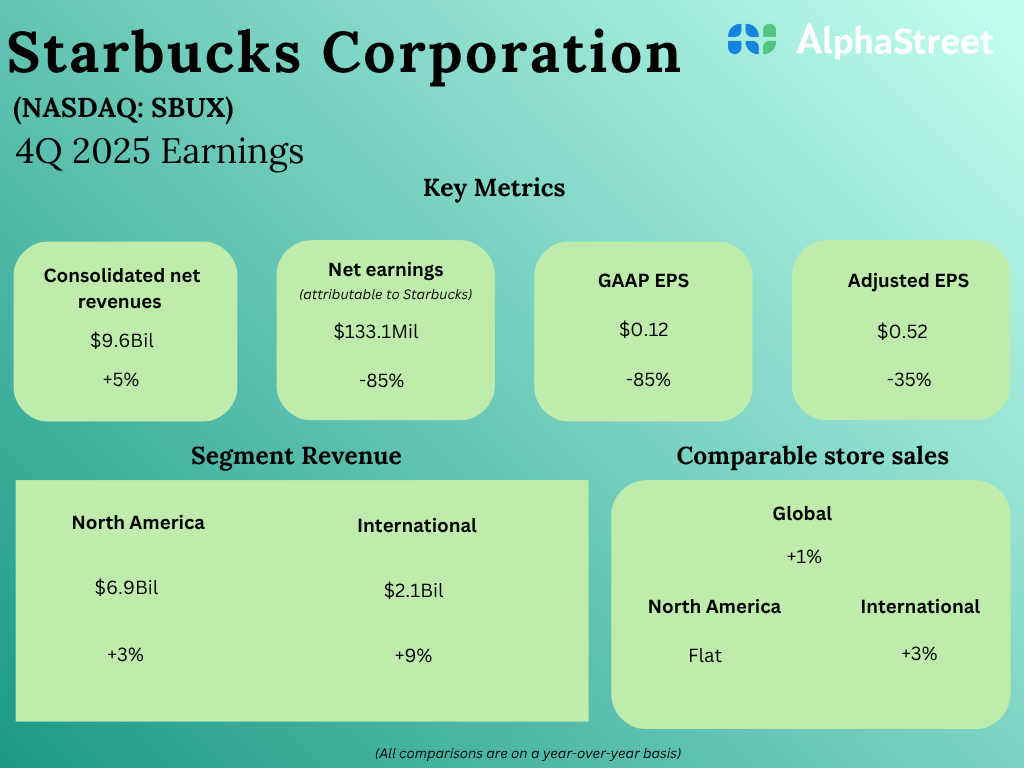“It is well enough that people of the nation do not understand our banking and money system, for if they did, I believe there would be a revolution before tomorrow morning.”
This quote by Henry Ford might seem crazy — after all, don’t we all have a simple understanding of how banking works?
But when you truly look at our current banking system from start to finish, the more I’m convinced Ford was right. There’s a revolution on the way.
Ultimately, we’re going to move away from banks as we know them today to something entirely new — a digital dollar.
Here’s how I expect that to unfold.
A Brief History of Banking
Although we’re in the 21st century, our banking system is still stuck back in the early 1900s.
Take your typical bank account, for instance.
Let’s say you open a new account at a local bank. It pays you a rate of return on deposits.
In order to turn a profit, it takes your money and lends or invests it elsewhere. All at a higher interest rate, of course.
This seems fairly simple, right?
A bank’s function is to collect money from people who have it, and then lend it to people who need it.
But bank CEOs? Well, they like to play fast and loose with our money.
Bank CEOs take as much risk as the law will allow with your money. If they’re right, and the bank’s profits push the stock higher, they walk away with tens of millions of dollars in bonuses.
In fact, a bank doesn’t even need to keep your money readily available. In 2020, the Fed allowed banks to go down to 0% (yes, 0%!) on their reserve requirement in order to jump-start the economy.
That’s the nature of fractional reserve banking. It’s based on trust. In this instance, you trust that the money you have in a bank will be there when you need it.
Usually, that trust is deserved. The majority of time, if you want to pull your funds out, you can.
But not always.
Every so often in history, there comes an occurrence known as a bank run. This is when the people who have money with the bank panic and want it back all at once.
Sometimes banks can pay it back — but occasionally they can’t, and fail as a result.
In the 19th century, bank runs happened a lot. Back then, lining up outside a bank to get your money back was like a national pastime. (Before it was replaced by a much safer pastime — baseball.)
This is why the Federal Reserve was created: to ensure depositors would get their money back when the bank failed.
But over the past century, the Fed’s power has started to extend far beyond this one task.
Every time a new financial crisis arrived, Congress handed the Fed more tools to prevent the next one.
With Silicon Valley Bank’s meltdown a couple of weeks ago, I believe we’re at the start of yet another such financial crisis.
And — you guessed it — this financial crisis could hand the Federal Reserve even more power.
And it’s all thanks to a little government initiative known as “Project Hamilton.”
Fortunately, there’s one investment poised to skyrocket as an antidote to government overreach.
The Dawn of the Digital Dollar
If you’re not familiar with Project Hamilton, just know that it’s the U.S. government’s plan to issue a central bank digital currency (CBDC). I’ll call it a digital dollar for simplicity.
The U.S. financial system is facing great uncertainty for a couple of reasons.
First, the banks took on massive interest rate risk in the past few years.
And second, last year’s bond market rout left them with massive unrealized losses. (These are assets that have decreased but haven’t been sold yet.)
According to the FDIC, U.S. banks have $620 billion of unrealized losses!
And the most infuriating part — regulators KNEW of these issues but didn’t warn the public.
They didn’t want to cause the inevitable panic!
That gigantic sum of unrealized losses means that the issues aren’t just contained at Silicon Valley Bank, Signature or First Republic.
That’s why depositors are concerned. It’s why they’re moving billions from smaller regional banks to “too big to fail” banks.
To stem this crisis of confidence (and to wipe away bank losses), the Fed began a Bank Term Funding Program (BTFP). This will allow banks to redeem losing portfolios at the Fed for face value.
JPMorgan reported that the Fed could inject as much as $2 trillion into the banking system to help with the liquidity crisis.
In the last financial crisis, the government saved Bear Stearns — but then let Lehman Brothers fail.
So while it might be helping some banks now, there may come a time when it gives up on putting fingers in the dam.
And when this happens, the government is likely to convince you that the safest place to park your cash is with the Fed directly — in CBDCs.
That way, you won’t have to worry about greedy CEOs paying for their private jets and Park City houses with your money.
I imagine that someday I’ll tell my future grandchildren: “Kids, that’s how the digital dollar was created!”
You just need to have faith that Uncle Sam doesn’t have the same interests as bank CEOs.
That’s easy to do, right?
After all, the Treasury can print an infinite amount of money. So when you want to use your digital dollar, it’ll simply conjure up a new one out of thin air.
So we’ll we just keep papering over bank losses infinitely, slapping bank CEOs on the wrists, but then letting them run amok with your money again the next time the economy looks rosier.
I hope you’re picking up on my sarcasm here.
I can’t speak for you, but I think that the Venn diagram of Uncle Sam’s interests and bank CEOs’ interests — is a circle.
Fortunately, there’s a hedge against this financial circus of uncertainty.
And I think it will surprise you…
Your #1 Hedge Against the Federal Reserve
Traditionally, when the economy and markets get dicey, the “safe haven” investment is gold and other precious metals.
That’s so 20th century.
Today, that hedge is bitcoin.
And that’s why crypto’s turning point has arrived.
You already know that bitcoin is alternative monetary system. But did you know that it was born in the last financial crisis?
In 2008, the U.S. mortgage meltdown rocked the global economy.
Century-old banks and insurers, like Lehman Brothers and AIG, were either imploding or on the verge.
Homeowners were losing their houses. Investors were losing their 401(k)s. And everyone was losing their minds.
The government’s response? Stabilize the banking system through a series of bailouts.
Rather than help the little guy, Uncle Sam ensured that Wall Street firms, like Goldman Sachs, could pay out record-breaking bonuses of $16.7 billion in 2009.
A small group of insiders controlling everyone’s financial fate infuriated Main Street Americans.
Some called for a new monetary system that the Federal Reserve couldn’t control. One that “too big to fail” banks had no authority over.
On October 31, 2008, a pseudonymous Satoshi Nakamoto posted the white paper, Bitcoin: A Peer-to-Peer Electronic Cash System, to a popular cryptography mailing list.
It detailed a way for two parties to transact something of value without the need for a middleman. It discussed the use of a safe, peer-to-peer network that could keep track of owners and verify transactions within that network.
A few months later, the bitcoin network was born. The first block of the blockchain, named “genesis,” was mined on January 3, 2009.
Embedded in genesis was this text:
The Times 03/Jan/2009 Chancellor on brink of second bailout for banks.
It’s a reference to a Times of London article about how the British government bailed out the banks but failed to stimulate the economy. Apparently, Nakamoto thought it was time to try something new.
I reference this note because it’s a commentary of what was happening at the time. And what was to come…
As central bank power grew in 2009, so did bitcoin and the rest of the cryptocurrency markets.
Bitcoin and its network of users grew slowly at first. But in 2011, it became popular when wealthy depositors used it to evade government capital controls.
Lately, bitcoin has been a beacon of light in the storm.
As depositors raced to pull their money out of regional banks, the world’s largest cryptocurrency surged 30% in the past few weeks.
On Halloween 2008, there were zero bitcoin users. It was only just an idea.
Fifteen years later, over 44 million wallets around the globe own a little bitcoin. And I’m confident that it’s only the beginning.
As people continue to lose trust in the traditional banking system, they’re going to move to cryptocurrency as an alternative.
From every crisis we have, a new opportunity emerges.
I think the opportunity here is bitcoin. To me, it’s the answer to a banking system that is run by people who are incentivized to be greedy.
So don’t be surprised if you start to see in the next couple months — maybe the next couple weeks — all-time highs in some of these large crypto coins.
And if you’re interested in learning about a few other coins that are poised to profit as well, check out my latest crypto presentation. I’ll give you all the details on how to access my newest recommendations. Just click here.
Regards,Ian KingEditor, Strategic Fortunes

The Finger-Pointing Starts…

Ian made the point that our banking system has virtually been the same since the early 1900s.
I’d argue that Ian is being far too generous. At a basic level, the global fractional reserve banking system has barely changed since the Medici family opened their bank in Florence in the late 1300s!
It’s remarkable how little has changed in over six centuries. Banks took in deposits and invested whatever cash they didn’t need on hand. And just like now, some of those investments would blow up in spectacular fashion, leading to bank runs.
At any rate, last week’s news centered on the failure of Silicon Valley Bank. Like Mike Carr and I discussed in yesterday’s podcast, that story isn’t over. We’re still dealing with the fallout.
But a bigger story this week was the shotgun wedding of Swiss banking giants Credit Suisse and UBS.
The Swiss are known for being sticklers for rules. But it seems they made a big exception with Credit Suisse … and their neighbors aren’t happy.
As part of the negotiated deal that saw UBS buy Credit Suisse, the Credit Suisse shareholders got $3.25 billion in equity.
Now, that wouldn’t be particularly noteworthy. But bondholders holding $17 billion in AT1 bonds saw their holdings written down to zero.
What Is an AT1 Bond?
If you’re curious, AT1 bonds were introduced after the 2008 meltdown to recapitalize banks in the event of a meltdown. These bonds are designed to be converted into equity, thus reducing the debt load and increasing the book value of equity.
But here’s the thing. Bondholders get paid before stockholders. Or at least, they’re supposed to. That’s how the capital stack works. Bondholders always get paid first, and stockholders get whatever is left. That’s the risk that stockholders take in exchange for the possibility of upside in the stock.
This is a big deal.
It may sound like petty squabbling, but it’s not. Investors bought those bonds at the prices they did because they understood their place in the pecking order — and the risk they were taking.
But that’s not what they got. Had they known they had the risk of losing their entire investment, they would have demanded a higher rate in return.
So, going forward, John Q. Bondholder is going to have to reconsider the risk he’s taking in his bond investments with Credit Suisse. He’s going to demand a higher return. This means higher yields on the bonds … and more expensive money for the company issuing them.
And about that: The AT1 bond market supplies about $275 billion in funding to European banks. By bailing out Credit Suisse stockholders, the Swiss National Bank might have just created the next crisis that’ll sweep the rest of the European banking system.
And let’s also not forget that the bondholders themselves are often banks. Meaning, banks that might have been perfectly heathy last week are now at serious risk of seeing their capital evaporate.
Now, is this the next shoe to drop?
We’ll see. The bigger takeaway is simply this: We don’t know what additional risks are under the surface … or what that next proverbial “Lehman moment” will be.
Regards, Charles SizemoreChief Editor, The Banyan Edge
Charles SizemoreChief Editor, The Banyan Edge















